|
How, exactly, can creating art help someone deal with negative emotions such as anxiety and stress? What happens in an art therapy session? Why are holistic, comprehensive approaches for managing inner turmoil more effective than treatments that only revolve around talking or taking medication? As an artist sharing content online, I've made it a priority to not only share helpful tips and tutorials that help others progress their technical skills, but also articles and videos providing insights and habits I've set in place that have allowed me to improve my mindset and wellbeing. Our physical and mental health permeate, quite literally, into all areas of our lives (personal, professional, interpersonal). Plus, being an artist can not only be incredibly challenging in a variety of ways, but lonely too. In the past, I've shared how I've struggled with Generalized Anxiety Disorder since my teenage years and how, since making my mental/physical wellbeing a priority and started embracing more positive practices and routines, I've become way happier, as well as more focused and energized. This, of course, has helped me be a lot more productive, which has led to much greater success with my art creation and business overall. Alongside my art creation and everything I do revolving around my business, I'm constantly reading, researching and putting to use new information that I feel could help me improve my life, as a working artist and educator, even more. And I'll keep sharing with you guys, in hopes that some of you may find it helpful too. Because of the current worldwide pandemic, its negative effects on our economies and the social injustices/inequalities that are becoming more and more evident, a lot of us are struggling with negative emotions such as worry and overwhelm at a deeper level than we normally would. This is why I'm incredibly happy to be sharing an article written for us by professional writer, Patrick Bailey, who has studied the fields of mental health and addiction for years. Patrick's article helps clarify what happens during an art therapy session and why creative activities are such a great way to cope with negative emotions. This information is enlightening even for those of us who don't struggle with severe mental illnesses. Without much further ado, let's get into his article!
|
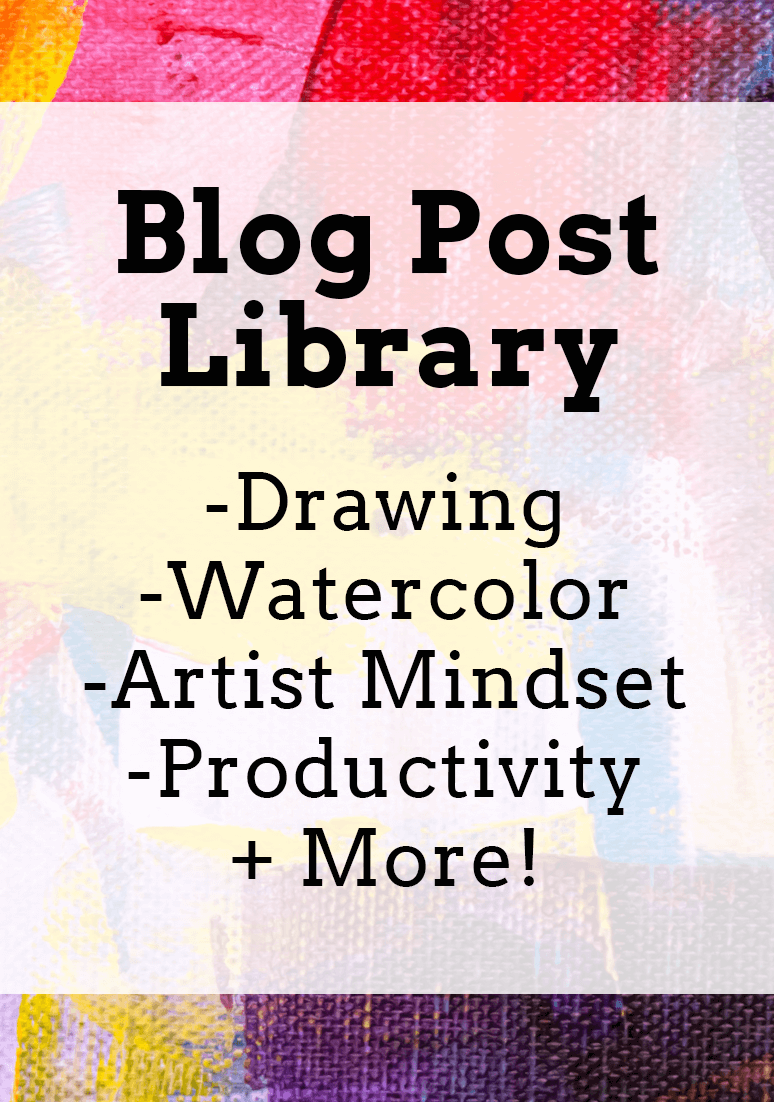
www.erikalancaster.com
is a participant in the Amazon Services LLC Associates Program, an affiliate advertising program designed to provide a means for sites to earn advertising fees by advertising and linking to amazon.com. www.erikalancaster.com is a participant in the Shareasale.com Affiliate Program, an affiliate advertising program designed to provide a means for sites to earn advertising fees by advertising and linking to Shareasale.com partner companies. |

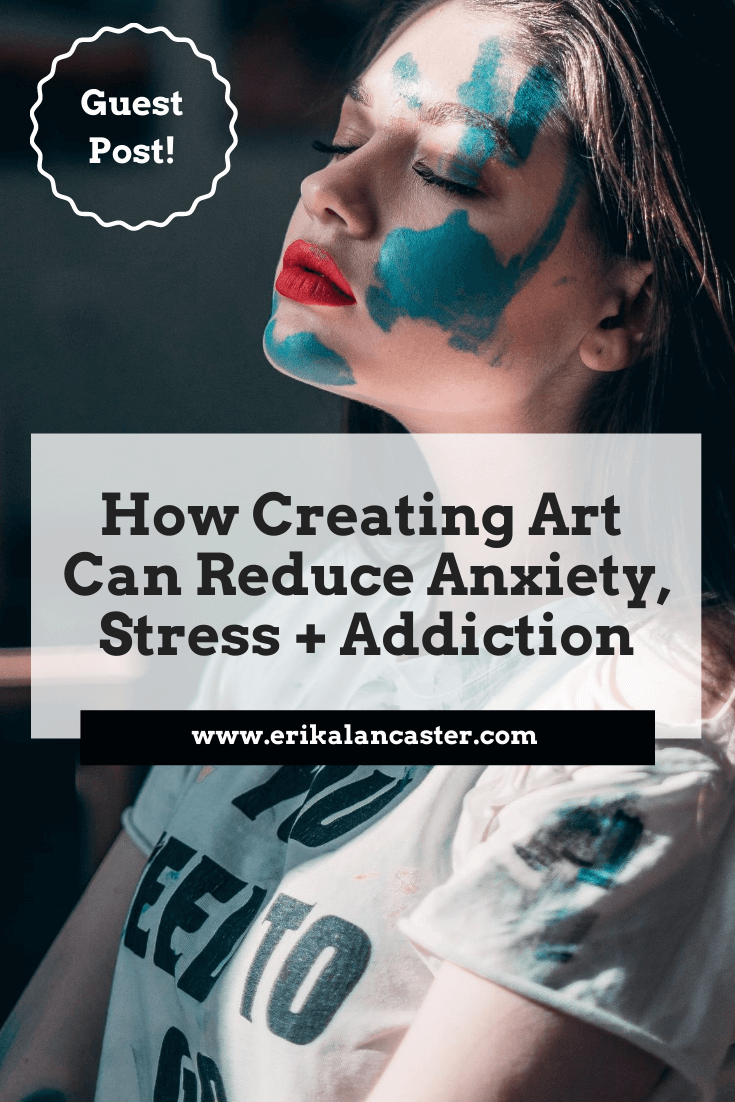
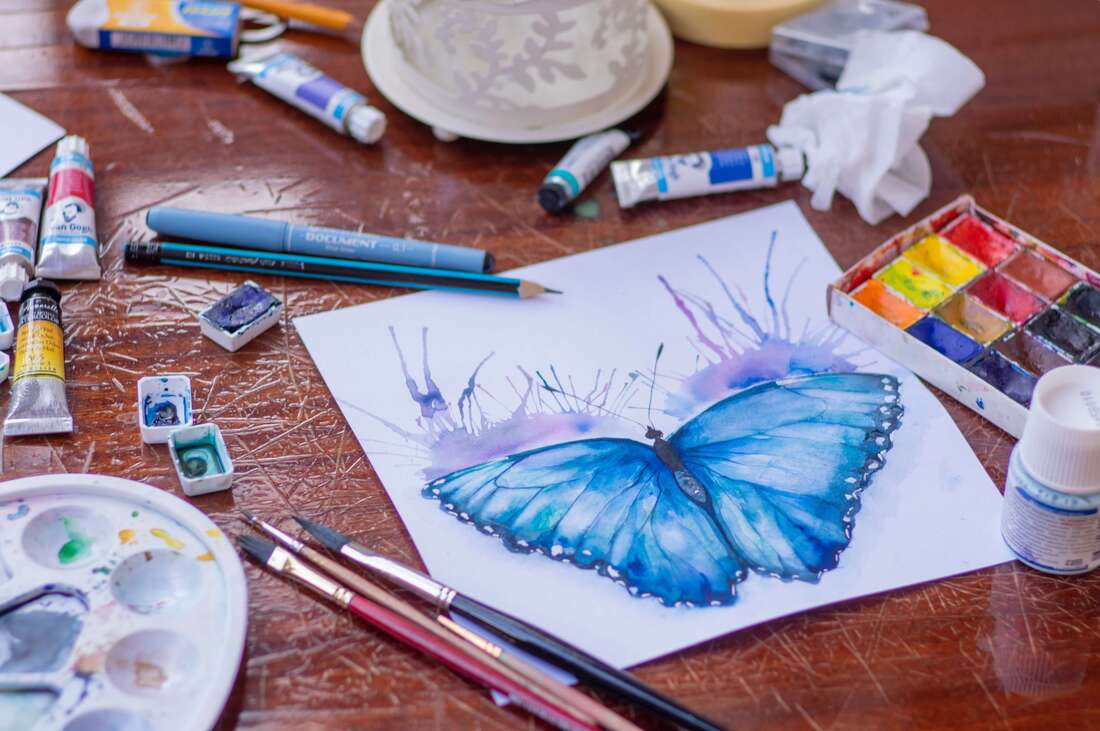
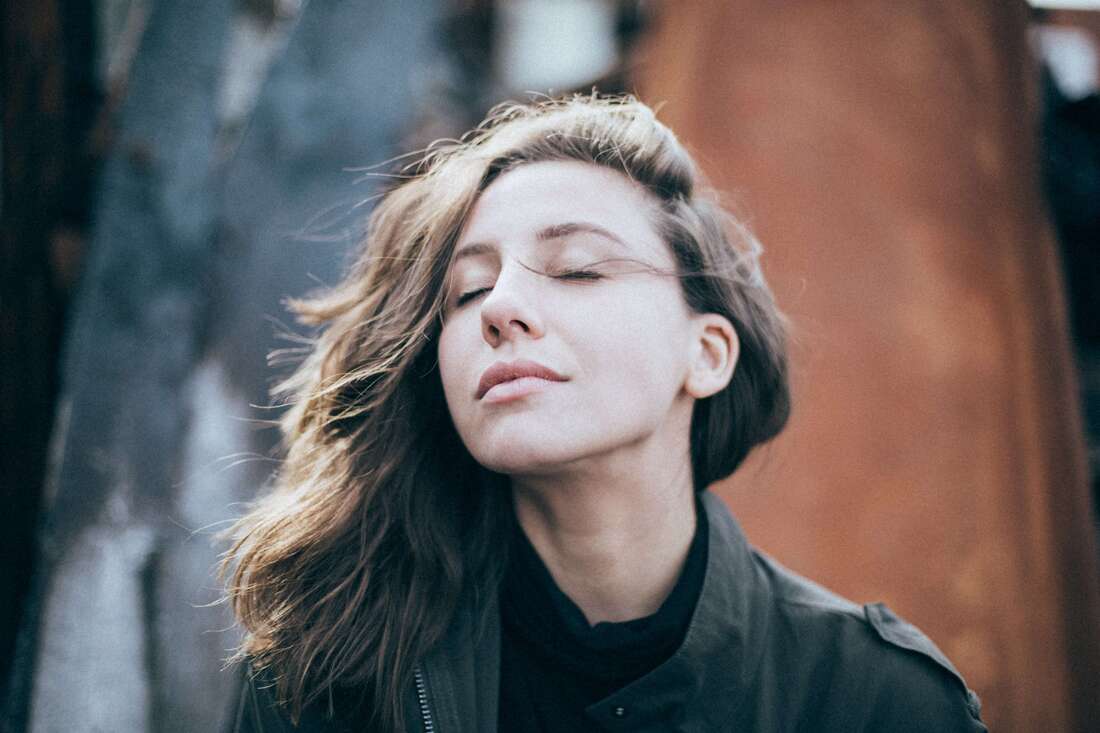
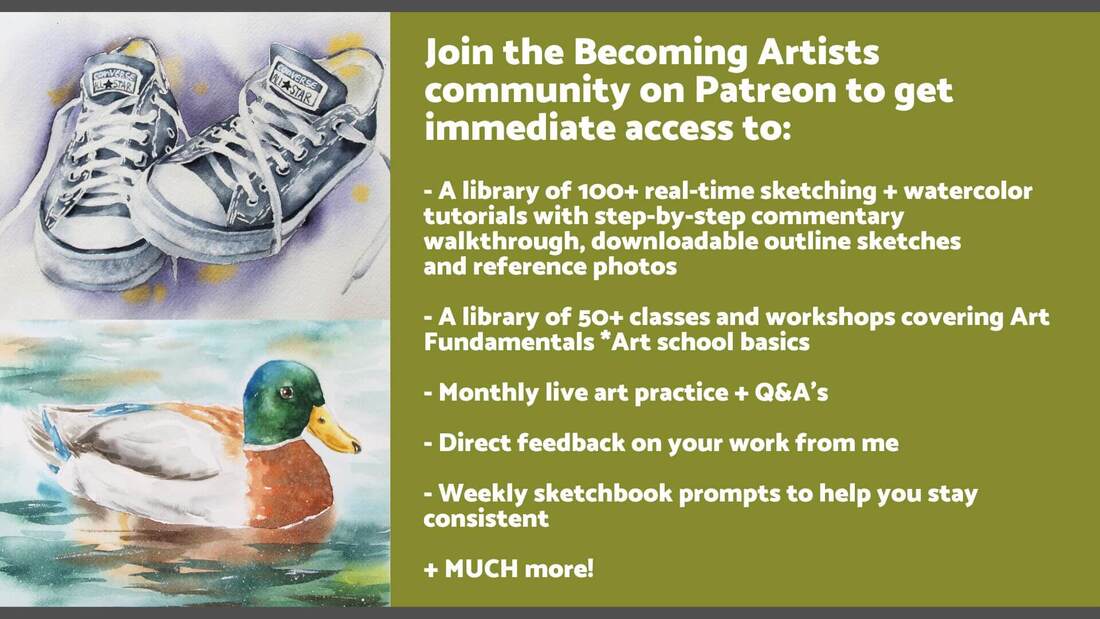
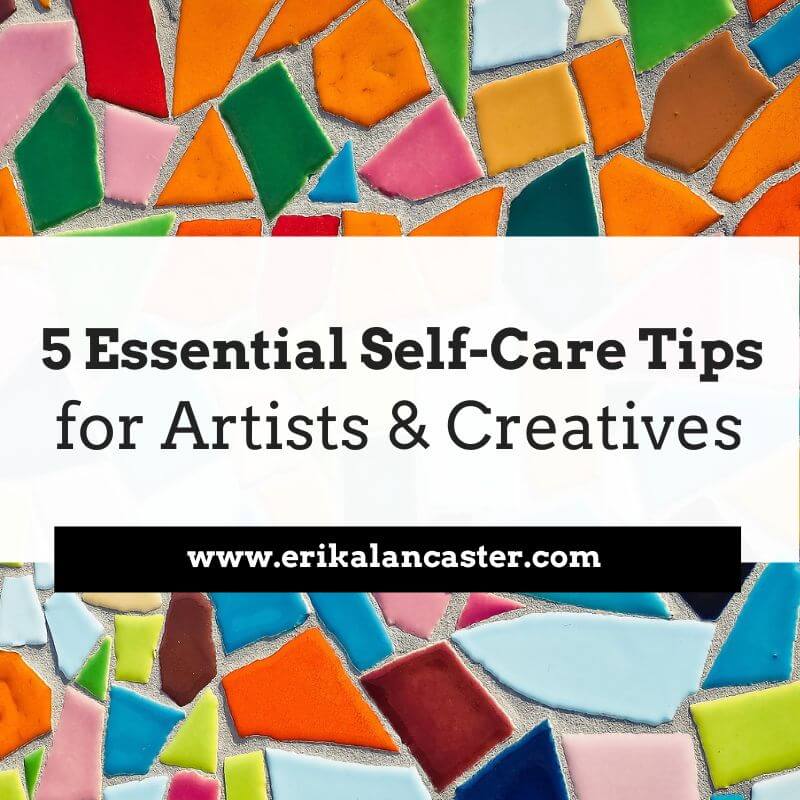
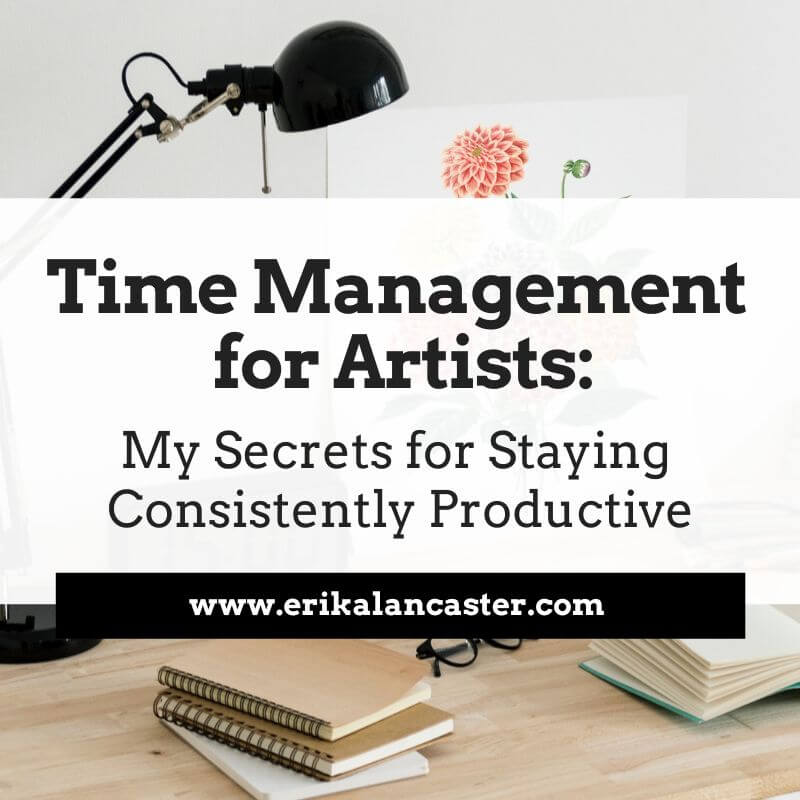
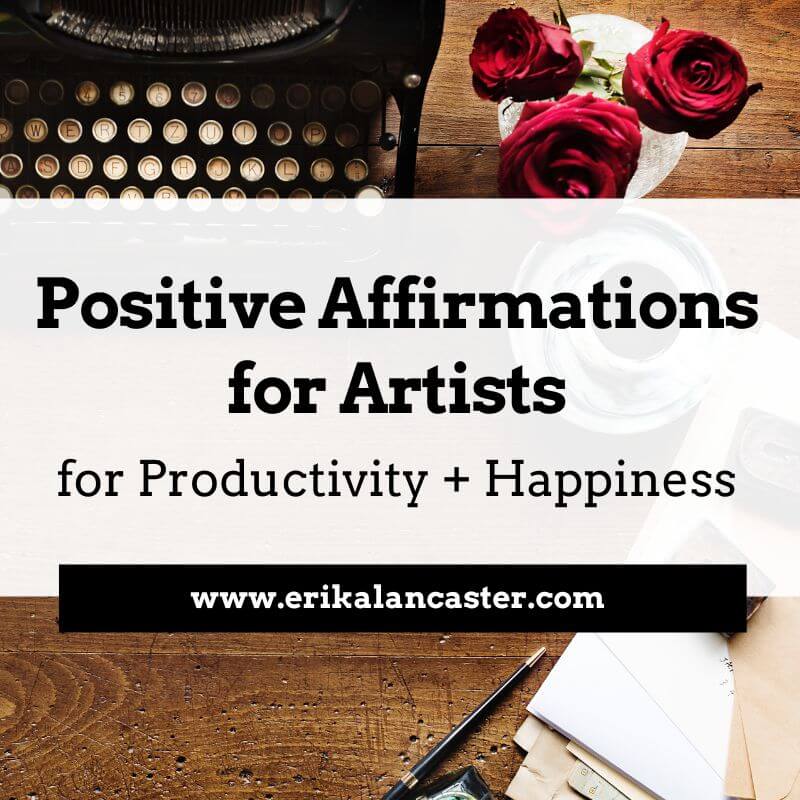


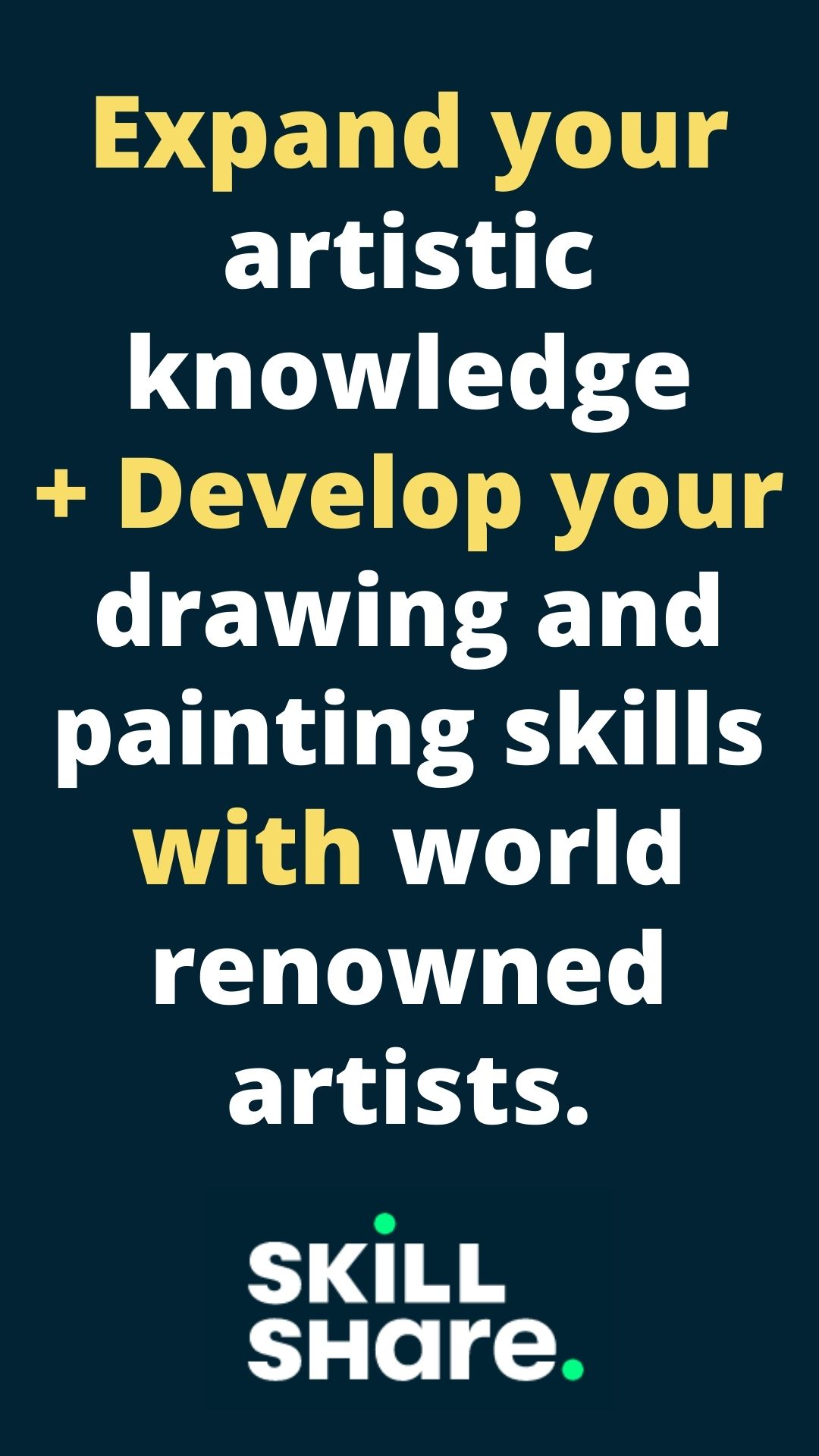

 RSS Feed
RSS Feed

